This is a necessary process since newly machined, forged or fabricated parts are usually coated in oils, chemicals, burrs, and other residue left over from the fabrication process. Coatings such as zinc and electroplating cannot be effectively applied atop grease or contaminating dirt. Read More…
Alliance Manufacturing, Inc. specializes in the design, engineering, and manufacturing of aqueous parts washers and parts cleaning systems for the industrial products market. Our engineers have developed a full line of aqueous parts cleaning systems, including belt, chain, monorail, and more.
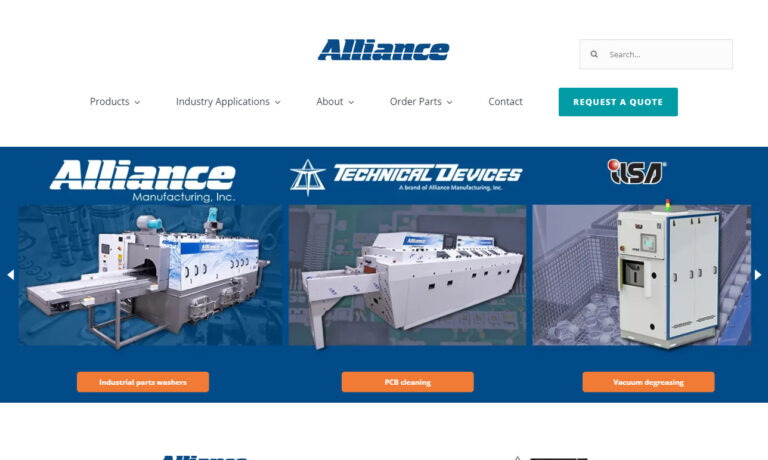
Niagara Systems LLC has offered turnkey custom parts washing systems for over 80 years. With our customization capabilities, our parts washing systems stand out from the competition.
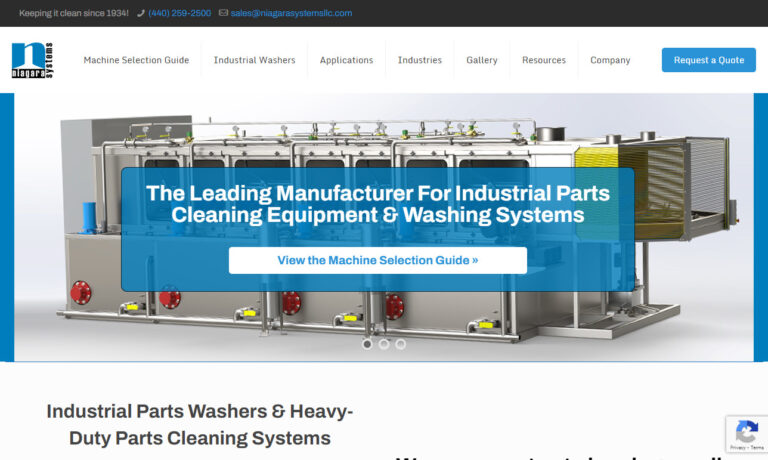
Nobody knows aqueous parts washers as we do! At Better Engineering, we manufacture sustainable Cabinet/turntable parts washers, Inline cleaning systems, conveyor parts washers, ultrasonic parts cleaner, Dunnage wash systems, Drum washers, Carousel washers, Tunnel, and Monorail Parts Washers in the United States using only quality metal. Our systems are built to high-quality standards; we offer...
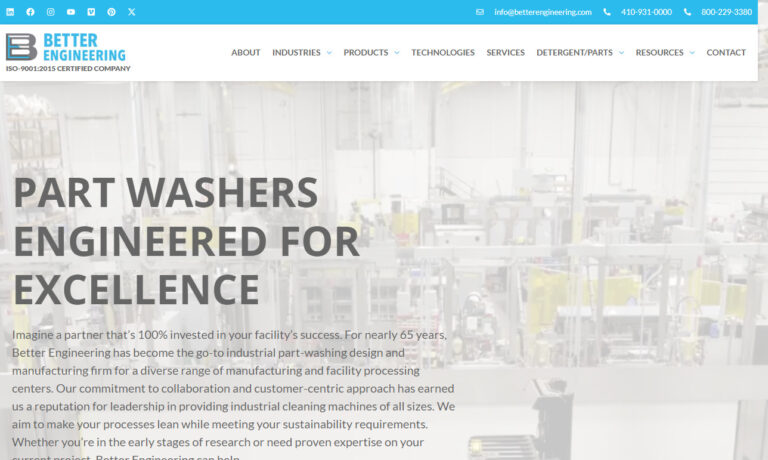
We are industry leaders and innovators in the world of parts washers. We offer an extensive list of parts washing equipment, from automotive washers to precision washers for medical industries.
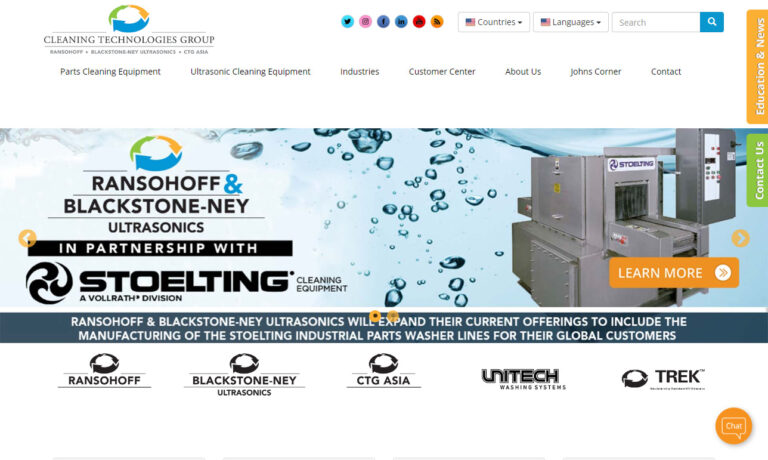
Great Lakes Finishing Equipment, Inc. specializes in supplying parts washers for even the most demanding cleaning jobs. Equipment includes table washers, drum washers, aqueous rotary baskets, aqueous belt washing systems, & more. Let our parts washing specialists assist you with your specific washing applications. Contact us today for all of your parts washer needs.
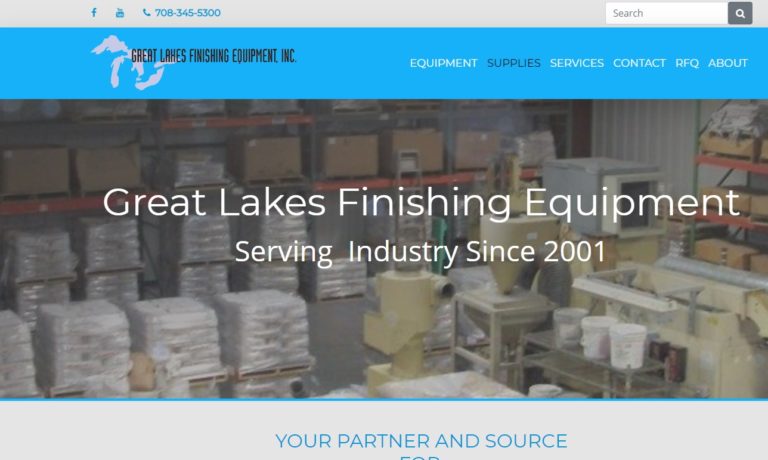
At Automated Cleaning Technologies (ACT), we excel in providing superior industrial parts washers that meet the diverse needs of various industries. Our expertise ensures that no matter your parts specifications, we have the right solution to tackle the job effectively. We take pride in our ability to deliver reliable, high-performance washers designed to handle even the most demanding cleaning...

More Aqueous Parts Washer Manufacturers
Aqueous parts washers use water-based chemical or natural solvents, boiling, pressure boiling, blasting, and soaking to remove these contaminants from a virtually limitless variety of unfinished parts. Aqueous parts washing is the most common type of part washing, and there are many different kinds of aqueous part washing machinery that accommodate different sizes and shapes of parts as well as different levels of cleanliness.
One of the most common aqueous parts washers is the spray washer; most spray washers are built with an enclosed conveyor system that moves parts through the cleaning machine, which sprays newly fabricated parts with aqueous solvents, water, and sometimes a corrosion resistant coating. Other types of spray washers guide products through on an overhead conveyor, or monorail, while others use a cabinet, or cell washer, in which a stationary basket is placed lined with spray nozzles, much like a household dishwasher.
Spray washing is effective for parts that require light to medium surface cleaning. The common alternative to aqueous spray washing is immersion washing, in which uncleaned parts are submerged in hot or boiling water or aqueous solvents and soaked or agitated. Immersion washers usually hold parts in a wire mesh basket as the basket and all the parts it contains are rotated, turned, and shaken within an aqueous solution.
Ultrasonic parts cleaners are a type of immersion washer that use tiny underwater air blasts against the surface of a dirty part in conjunction with organic or chemical solvents to precision clean the surface of parts. This method is highly effective and uses far smaller amounts of organic or chemical cleaning solvents than non-ultrasonic methods; it is used frequently in industries that require precision-cleaned parts such as medical, surgical, dental, automotive, electrical, aerospace, and defense.
Rotary drum washers are neither spray washers nor immersion washers but use the technique of rotary tumbling and mass abrasion that tumblers use to wash, rinse, dry, and coat or paint mass quantities of small parts. Industrial fasteners are often cleaned, coated, and dried in large rotary tumblers; different sections of the rotating cylinder spray, rinse, and dry the fasteners, and the abrasive action of the fasteners tumbling against each other agitates off dirt with the help of overhead spray nozzles.
Aqueous parts cleaners have traditionally used chemical solvents to strip parts of grease and dirt during the cleaning process, but recent environmental concerns and regulations have encouraged the innovation of natural, non-chemically based solvents. Ultrasonic washers use the lowest amount of solvent and can be made effective with either chemical or organic solvent compounds. Recent innovations have introduced several organic solvent compounds to the parts washing industry, and more manufacturers are incorporating organic solvents and waste-reducing techniques into their manufacturing processes.
Aqueous parts washing is a market that maintains a high level of innovation as advances in industrial technology require more stringent levels of precision cleanliness.
Additional Reading
Understanding Aqueous-Based Parts Washing Systems
A major component of automotive maintenance is the cleaning of vehicle parts which, if not done appropriately, can adversely affect the performance of a vehicle and even damage parts irreversibly. Therefore, automotive parts washers are important equipment for every maintenance workshop. Parts cleaners are specialized in removing dirt, carbon, oil and degreasing components sufficiently, so that part components can work seamlessly.
For metal parts washers to work optimally, a cleaning solution plays a big role, as a solution loosens or dissolves stubborn grease, oil, and dirt. Mineral-based solvents of the past performed very efficient cleaning but are now considered hazardous by the environmental agencies and are restricted for use in the U.S.
Mineral spirits have volatile organic compounds, which are the component of smog formation, and can be toxic if inhaled. Moreover, controlling the exposure of mineral spirits is difficult, as they evaporate quickly. Therefore, aqueous-based washers are replacing solvent-based washers in many manufacturing applications.
Following find a discussion of various types of aqueous parts cleaning systems that are considered environment friendly.
Unlike conventional petroleum-based solvents, aqueous cleaners, as their name suggests, are water-based solutions, devoid of any flammable compounds and having very few volatile organic compounds. Traditional solvents dissolve contaminants, whereas aqueous cleaners use agitation, soap action, and heat to remove dirt and other contaminants. Their cleaning action is different; however, their performance is same as other competing solvents.
Spray Cabinets
Spray cabinets are often appropriate washing large or heavy duty parts with heavy soil. Parts are loaded in a cabinet type washer, where they either are fastened on a turntable or on a retractable arm. A high-pressure jet sprays the parts with a high-temperature solution that breaks up contaminants and cleans the parts. A wide range of spray cabinets are available on the market, each having its own capacity range. To achieve a high degree of cleaning, the cleaner is heated in the range of 130 °F to 190 °F. Spray cabinets are advantageous to manufacturers since as their cleaning capacity is high and labor costs typically go down as they are used. Moreover, the cost of waste management also goes down, since petroleum based solutions are not used. With all this advantages, there is one disadvantage, too, as they are relatively expensive to initially purchase.
Microbial Sink Top Units
This type of aqueous based cleaning unit is a small parts washer that needs manual labor. Microbial sink top units are similar to traditional solvent-based sink top units, where contaminants are removed by hand. However, with microbial units, cleaning is accomplished with the help of microbes that breakdown oil and other similar contaminants. The microbes extend the life of a solution significantly and are considered safe with no risk to workers. Standard aqueous units are also available but need frequent solvent changes, which directly affect their operational cost. The biggest advantage of microbial sink washers is little to no waste of cleaning solutions. However, the units are used only for light duty cleaning, and users need to be trained to keep microbes alive.

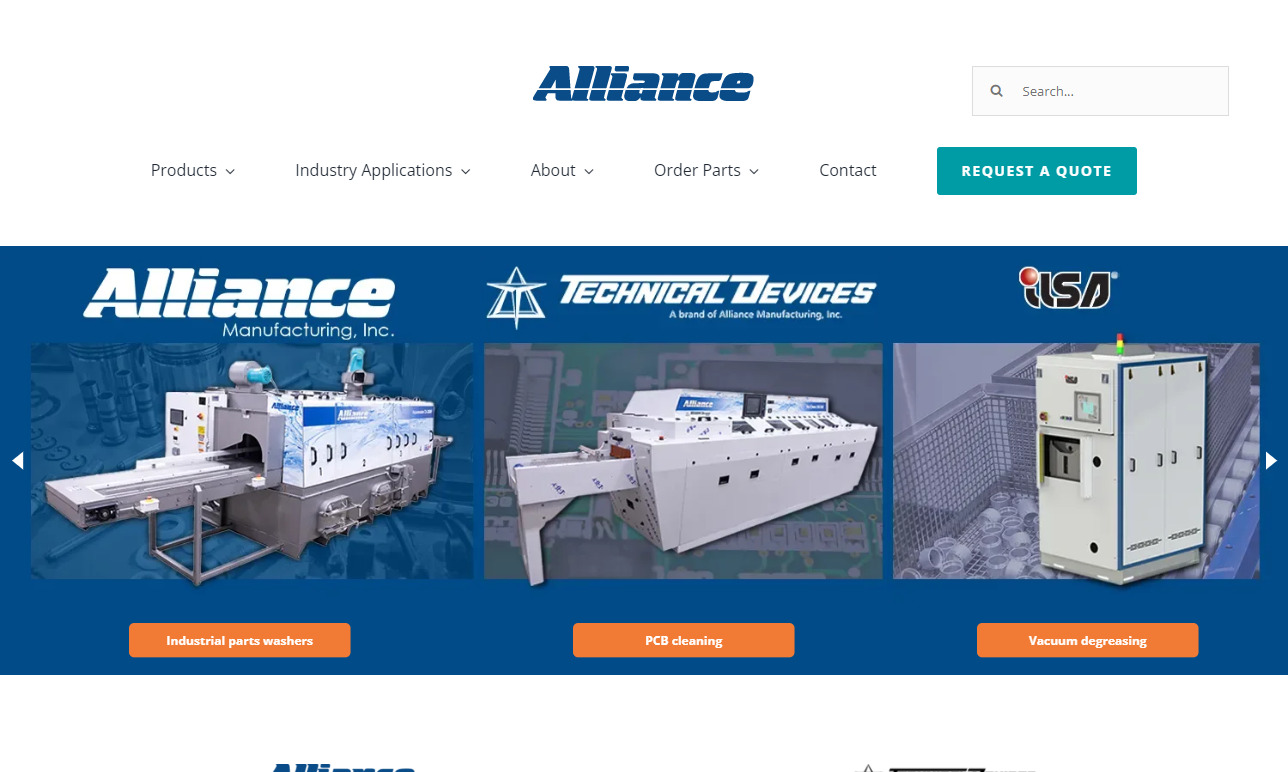
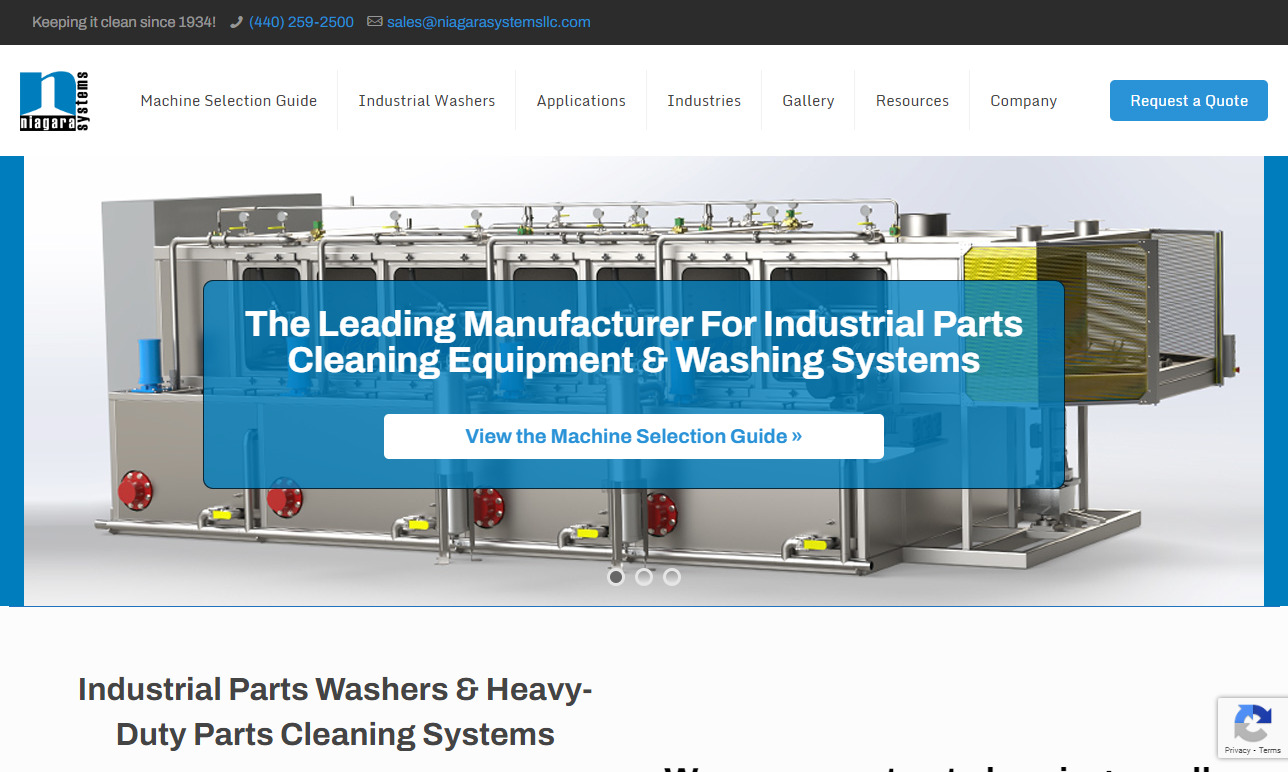
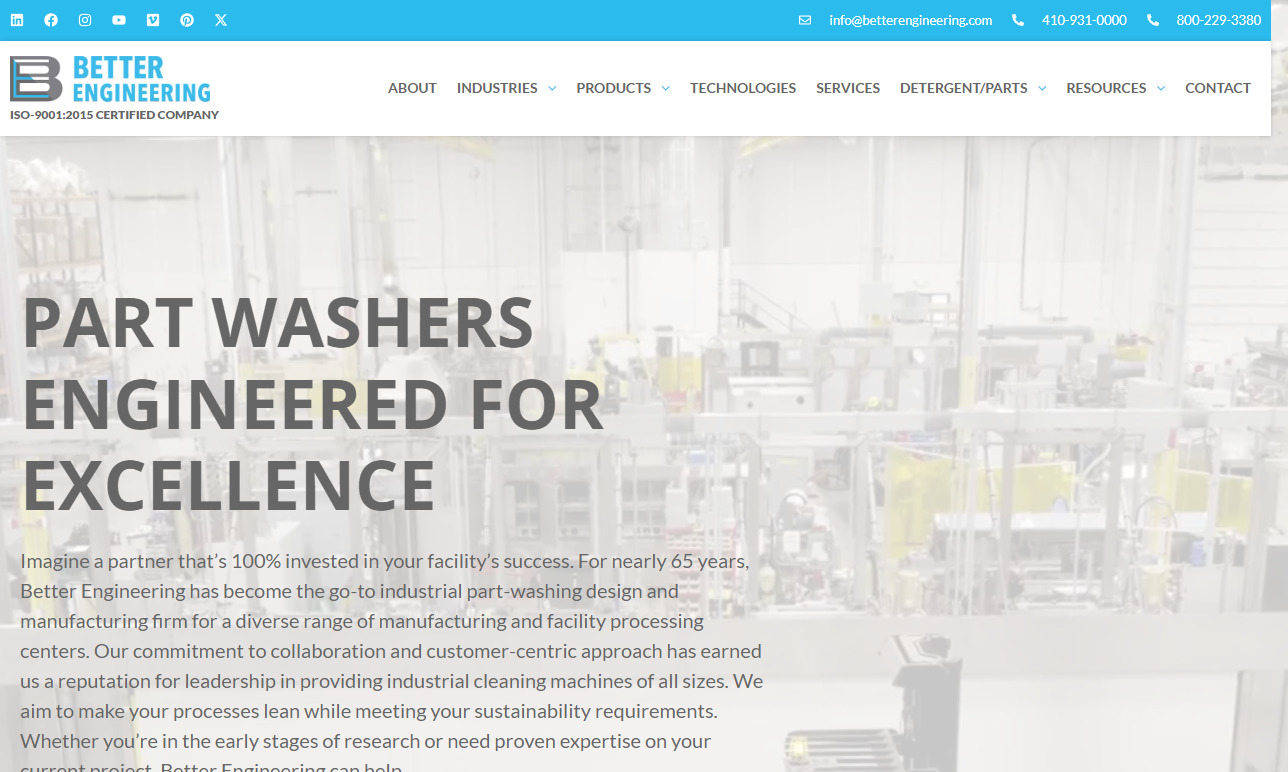
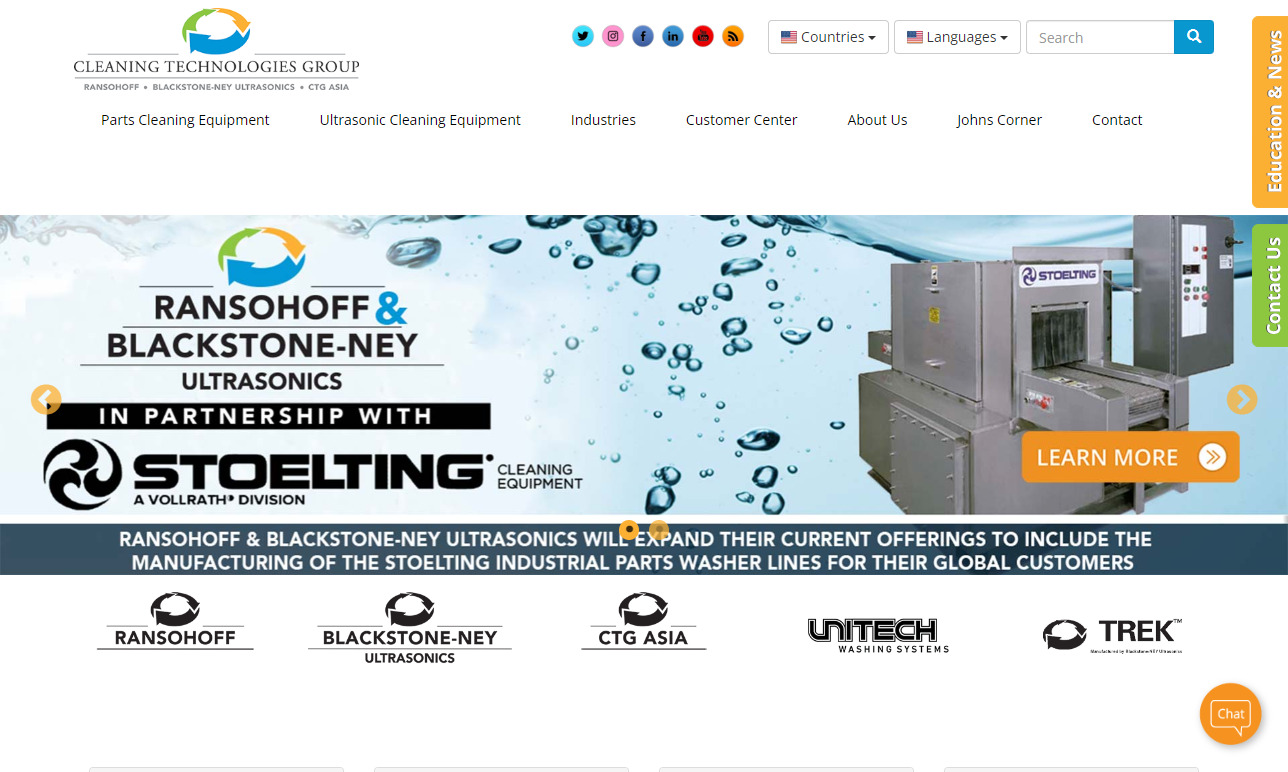
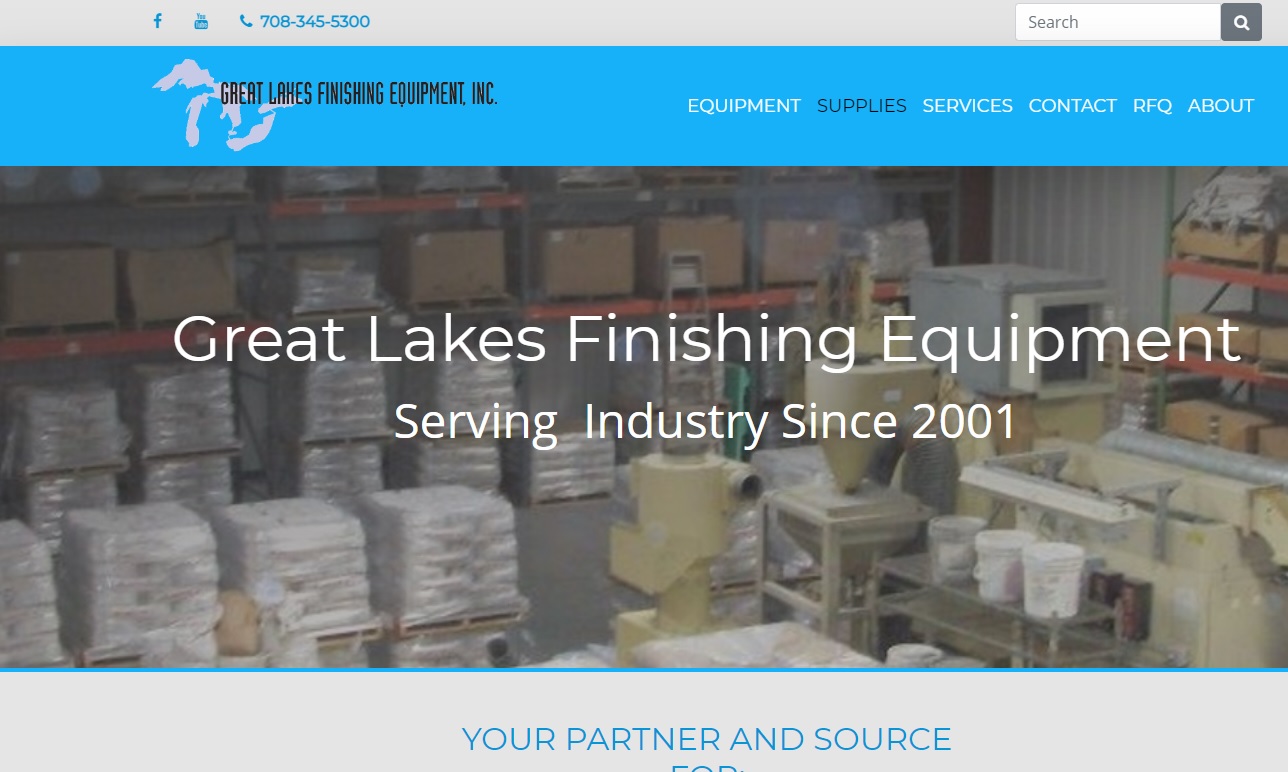
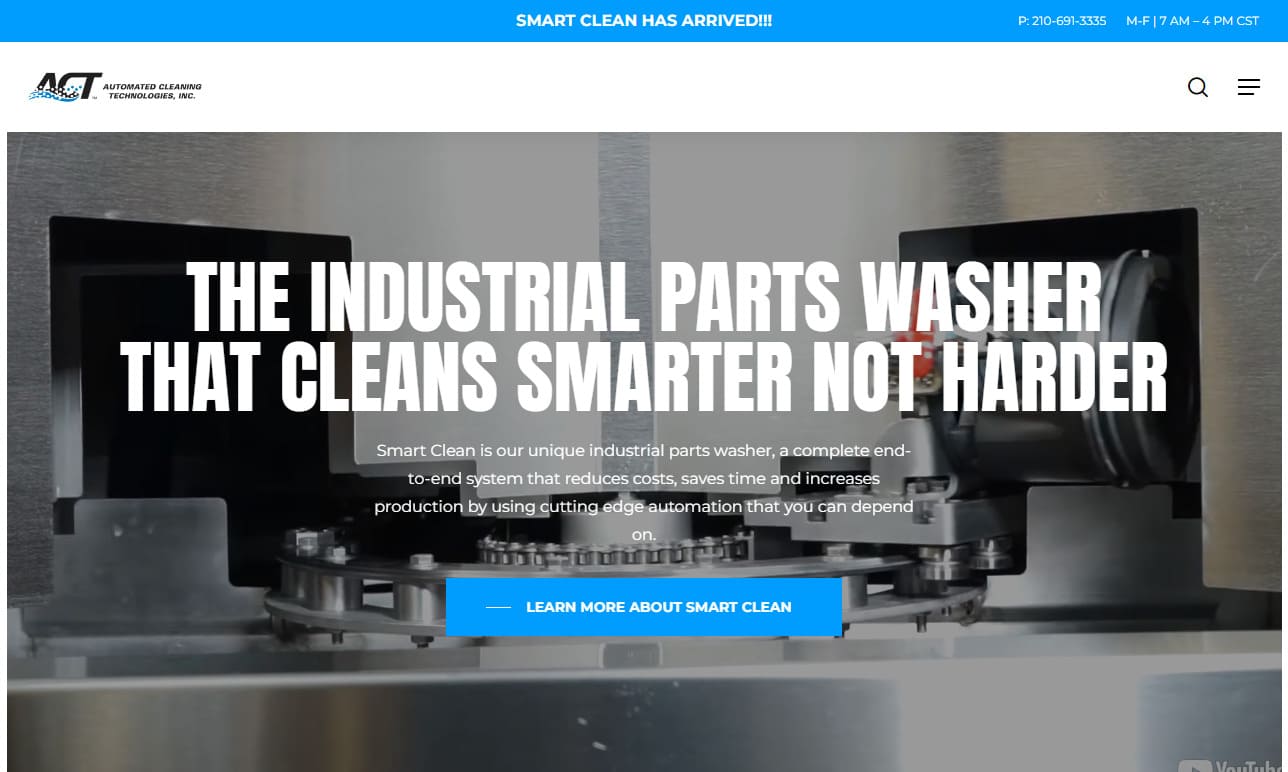
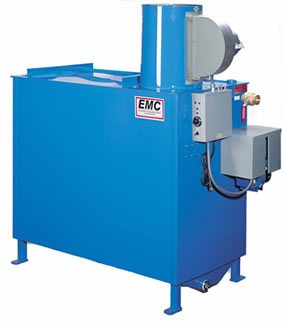
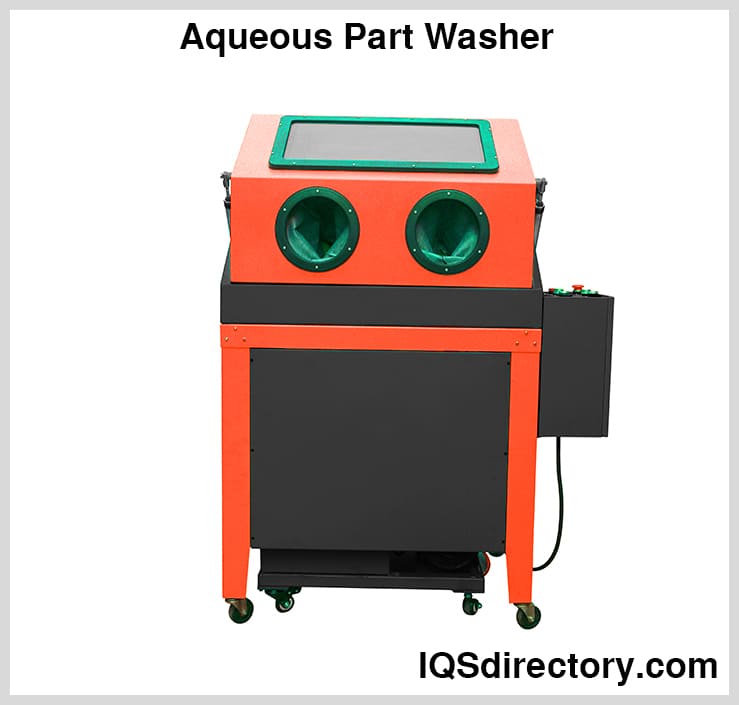
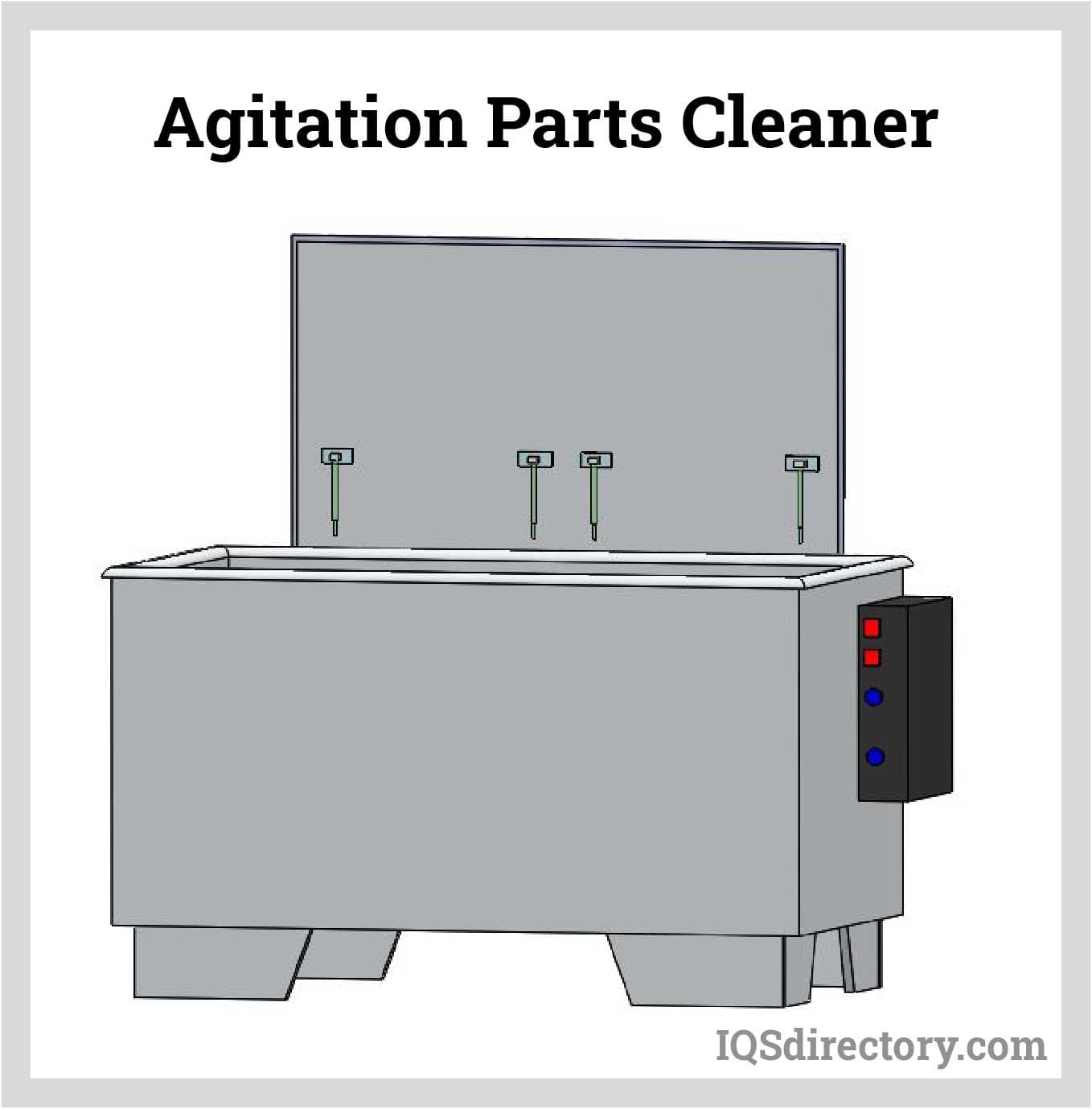
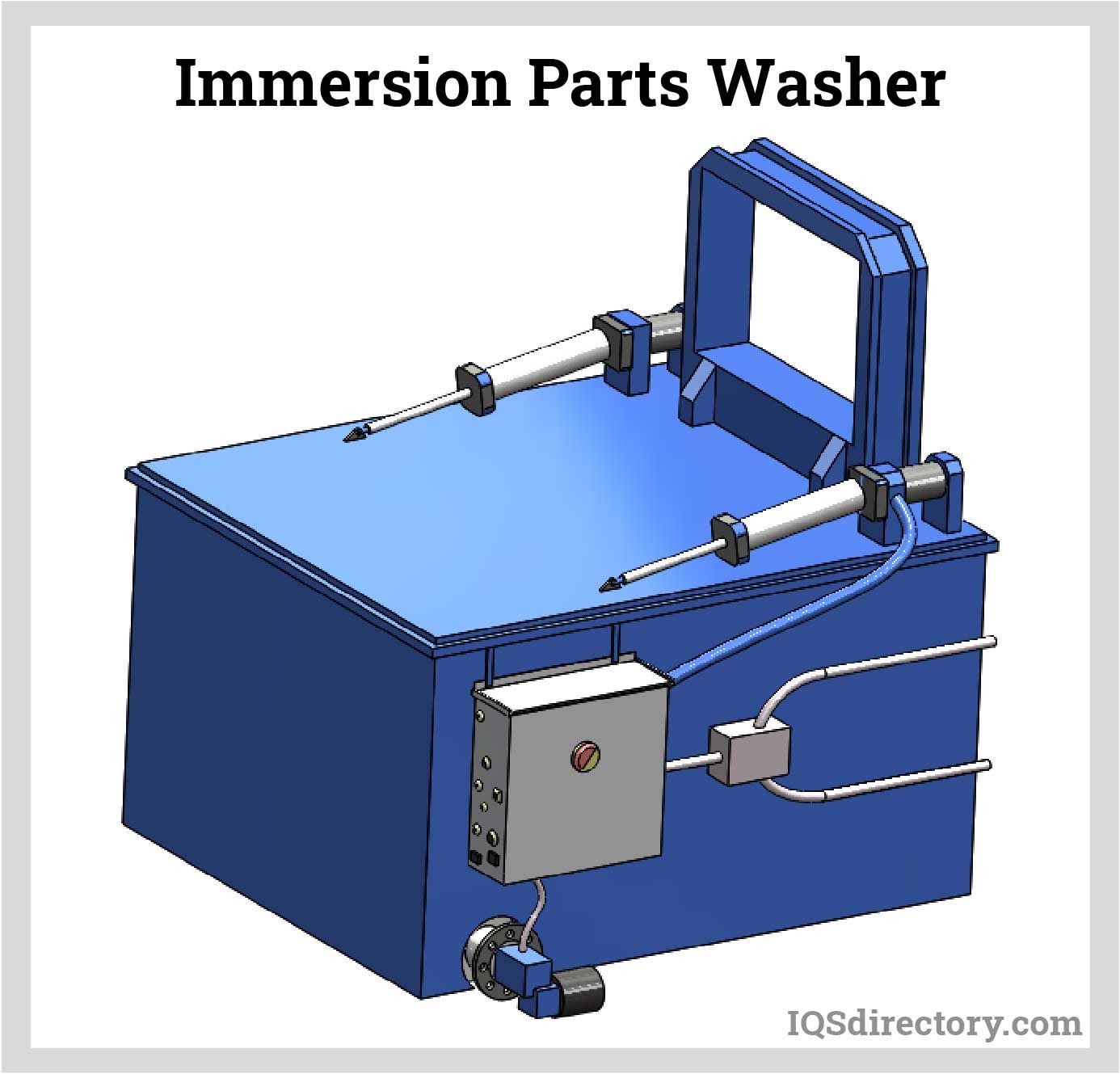
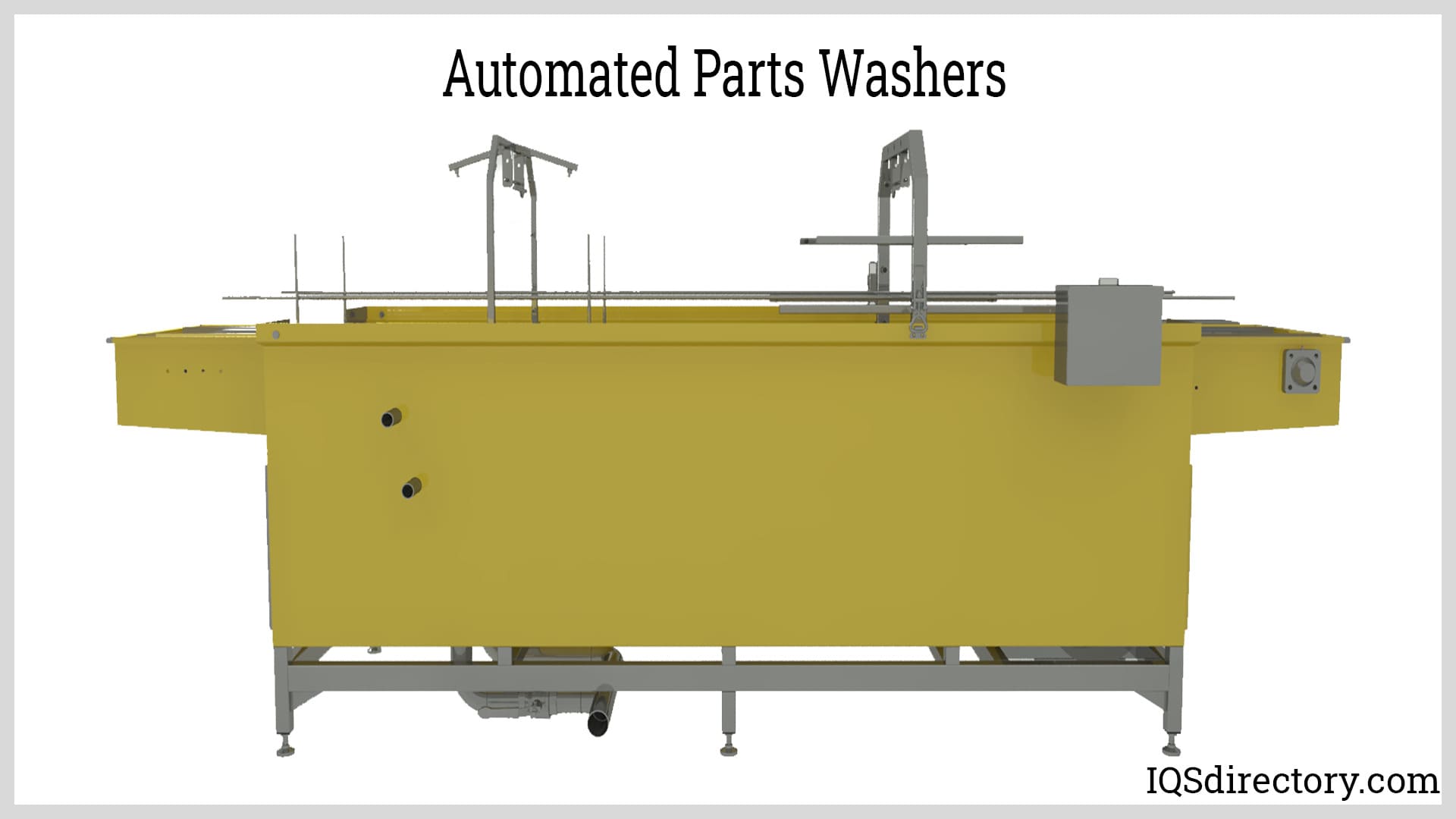
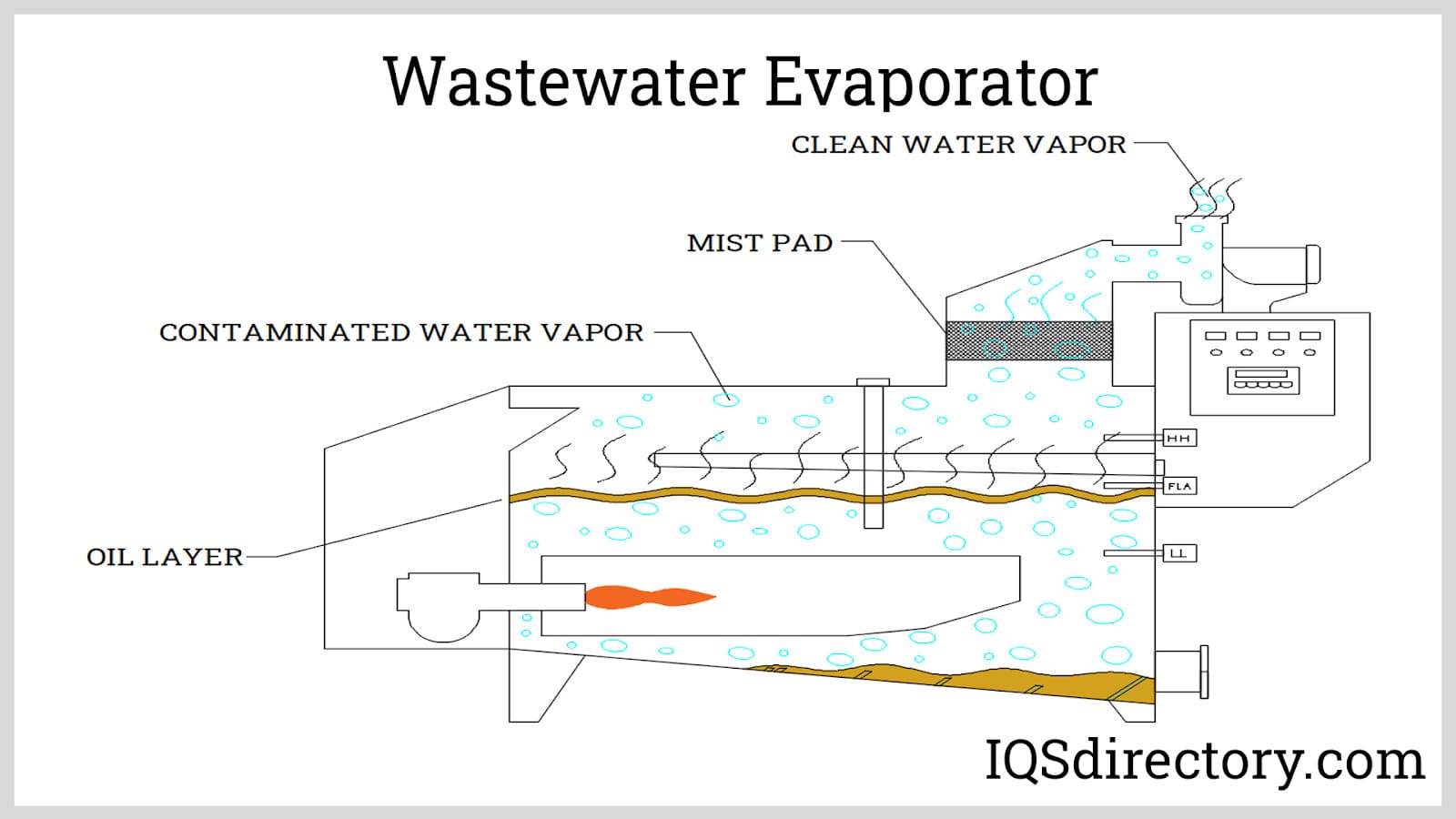
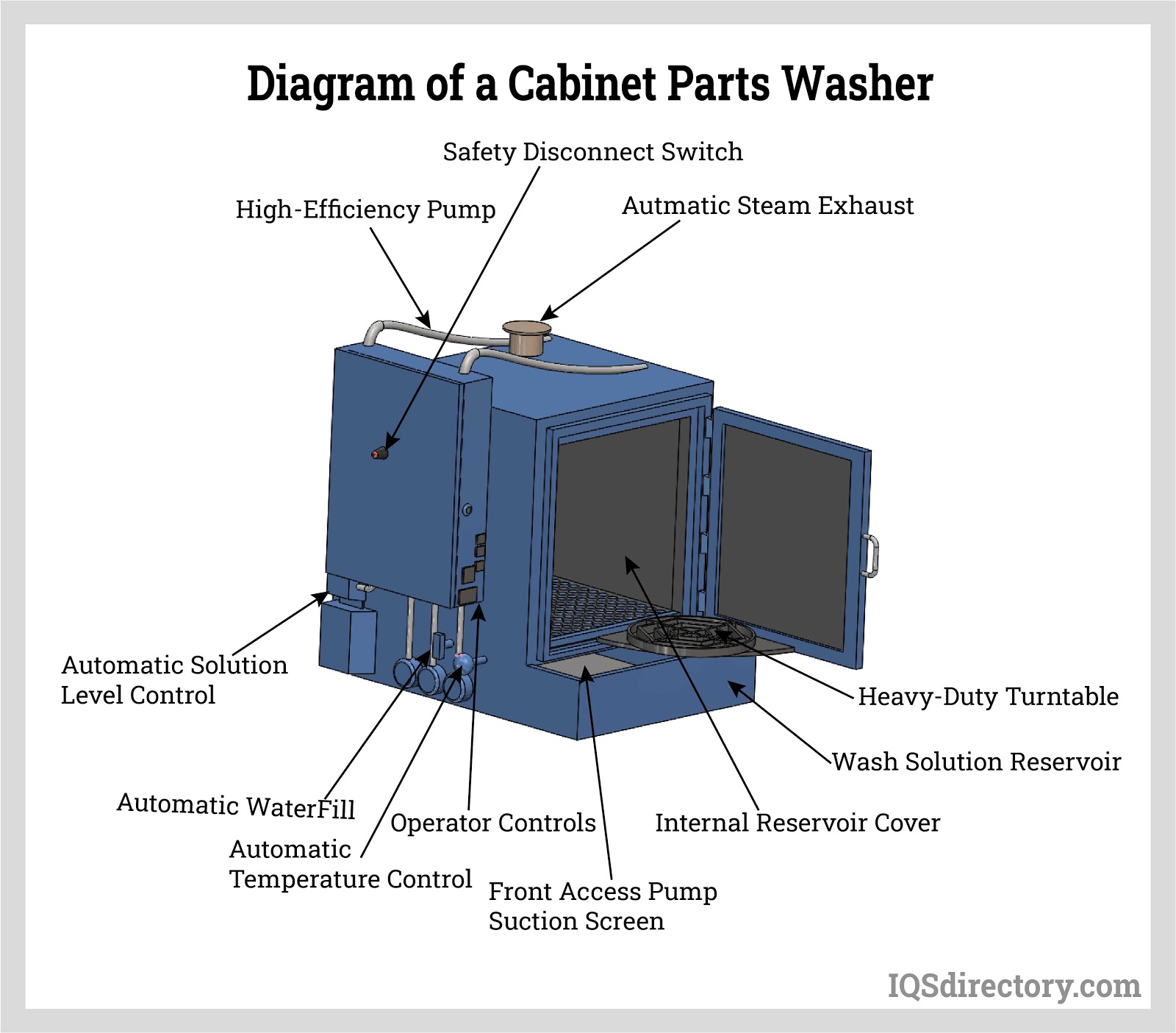
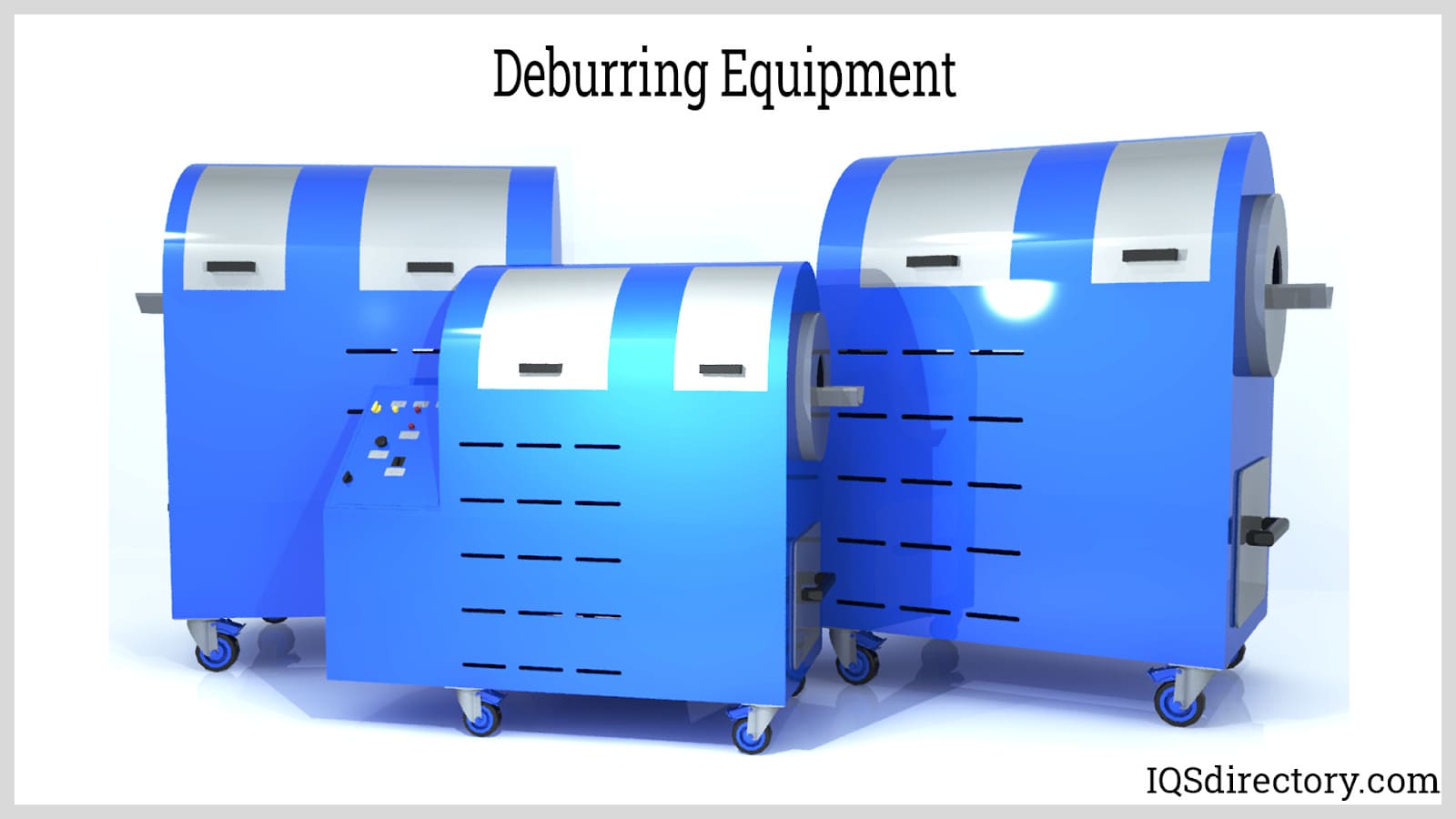
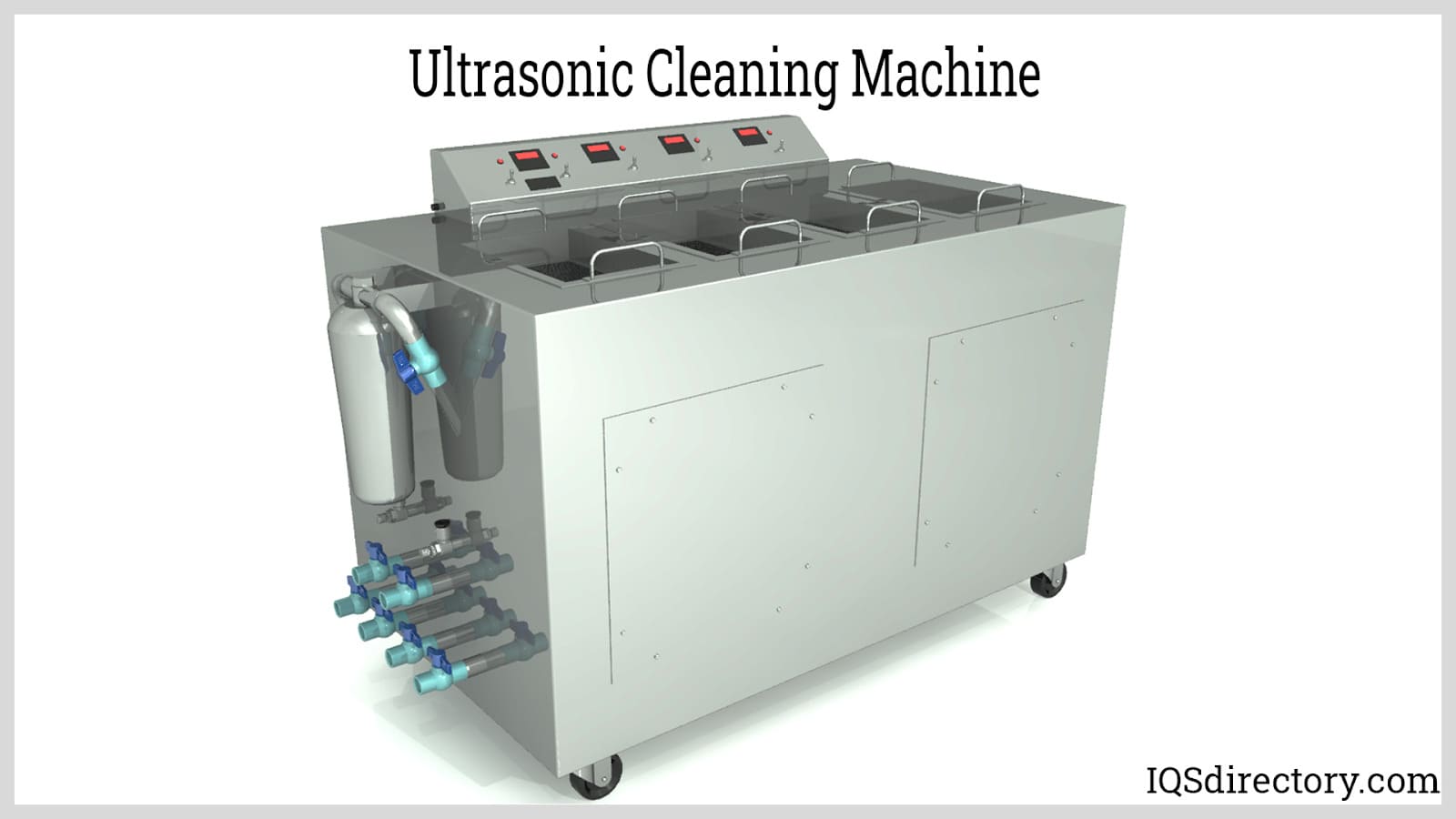
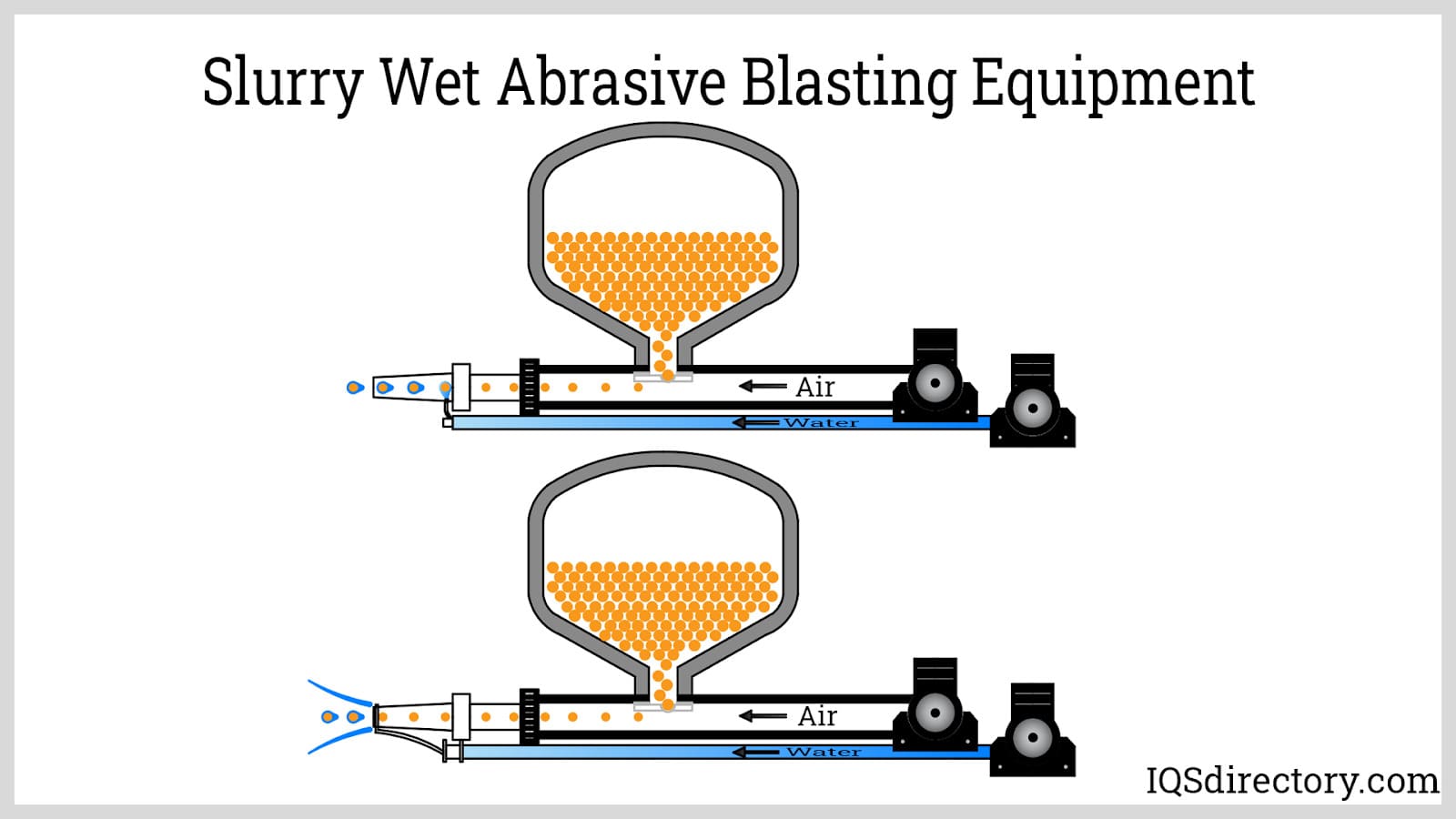
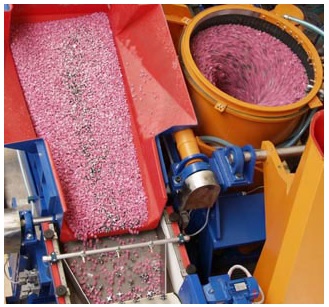 Deburring Machinery
Deburring Machinery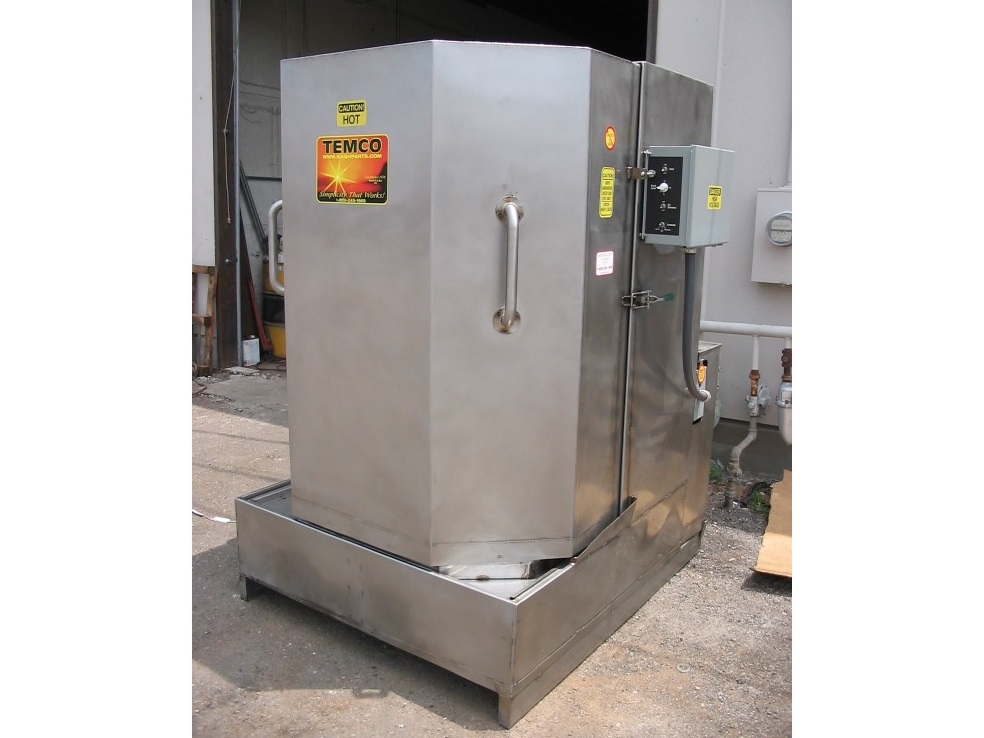 Industrial Parts Washers
Industrial Parts Washers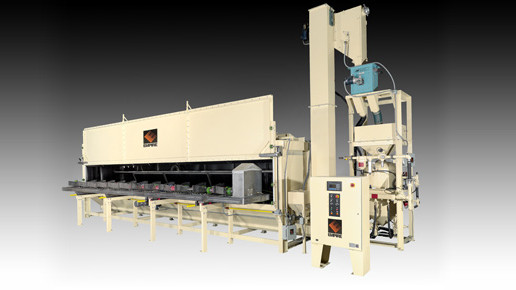 Sandblast Equipment
Sandblast Equipment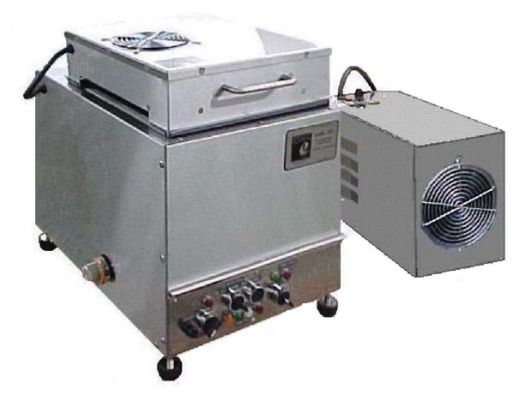 Ultrasonic Cleaners
Ultrasonic Cleaners Castings & Forgings
Castings & Forgings Bulk Material Handling
Bulk Material Handling Electrical & Electronic Components
Electrical & Electronic Components Flow Instrumentation
Flow Instrumentation Hardware
Hardware Material Handling Equipment
Material Handling Equipment Metal Cutting Services
Metal Cutting Services Metal Forming Services
Metal Forming Services Metal Suppliers
Metal Suppliers Motion Control Products
Motion Control Products Plant & Facility Equipment
Plant & Facility Equipment Plant & Facility Supplies
Plant & Facility Supplies Plastic Molding Processes
Plastic Molding Processes Pumps & Valves
Pumps & Valves Recycling Equipment
Recycling Equipment Rubber Products & Services
Rubber Products & Services